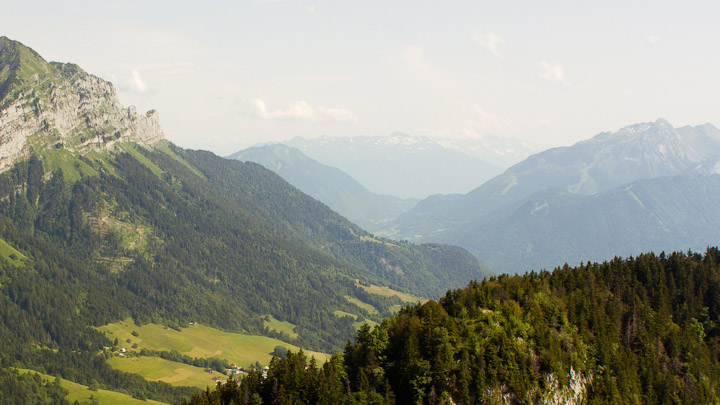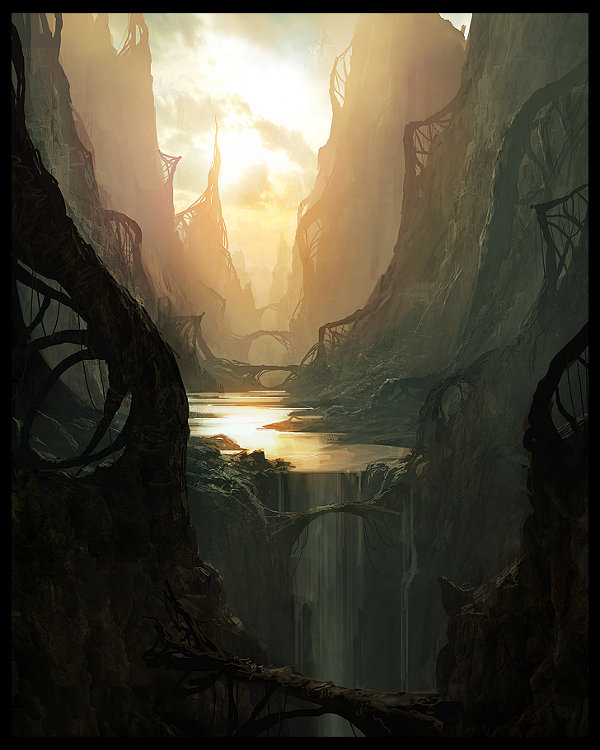
Objects appear smaller as they become more distant from the viewer take care to use this in your painting. Warm and cool are relative you can use warm or cool tones throughout your work, but make sure your coolest are in the distance and your warmer ones in the foreground. Blue is a cool colour, but ultramarine is a warm blue, while Prussian blue is a cool blue. Colours are available in warm and cool versions ideally you will have both in the primary colours in your palette.

The more distant objects are, the less we can see of detail, a little detail in the foreground can be helpful and give information about scale.Ĭool colours – blue, green and purples – are regarded as receding colours, in other words they look more distant warmer colours – yellow, orange and red – advance (look closer). I talk about light or dark tone as we all understand light and dark. We refer to lightness or darkness as tone or value (sometimes even tonal value) tone and value are the same. You may even want to read up on the science! As we develop as painters, the process becomes more intuitive, but sometimes you may want to break the rules. If we want our paintings to succeed, particularly as beginners, we’ll probably stick to the principles of atmospheric perspective. Sometimes we see things that don’t seem to conform to the rules – don’t worry about this – strange things can occur, as weather and air quality can affect what we see. Mountains and molehills can look the same in a painting if insufficient attention has been paid to size, colour, detail and tone. The diminishing size of objects enhances the illusion of distance a known object – for example, a person or gate – in or near the foreground – can help to indicate scale. If a painting lacks depth, paint the subject again, using the rules all you have to remember is to portray or increase a feeling of distance, make your distant colours increasingly cooler, tones lighter and reduce detail. The ‘rules’ for artists guide us, and a good look at the world around us helps us to appreciate atmospheric perspective. The science is interesting, but it worries some people it needn’t. We can also use it to create another type of atmosphere – mood – in our paintings. The cool blue contrasts with warmer foreground colours.Īs painters, we can portray a scene as we see it or exaggerate the effect of atmospheric perspective to increase an illusion of greater distance. Here, the soft silhouette of the Cuillin hills provides a backdrop to the waterfall, satisfying my wish to identify the waterfall’s location without destroying the sense of distance. The Cuillin, Autumn, watercolour on Saunders Waterford High White Rough watercolour paper, (37x54.5cm). Air quality is affected by weather and pollution so we may see varying degrees of blueness, but the distance will generally appear less crisp, paler in tone and more blue in colour than nearer similar things.įog, mist and low cloud all affect visibility in a similar way, reducing colour and detail because the water droplets in them interfere with light. We notice these effects less in a street scene or still life, because the distance is reduced and the filters have less influence.
#AERIAL PERSPECTIVE FULL#
We know that if we travel to those places we’ll see their full range of colours, their details and true size. We also can’t see detail and objects look smaller.


On a clear day we notice that the distant landscape looks paler and more blue than that closer up. We see the effects of the atmosphere more easily when looking over the landscape they’re more obvious over a great distance.

The atmosphere filters light, colour and detail, affecting how we see objects the greater the distance between the viewer and those objects, the stronger the effect of the filters, making distant features paler, less distinct, and cooler in colour.Īt sunrise and sunset, of course, the warmest colours are in the background due to the low sun, but distant features will still be less distinct and paler in tone than foreground features. It involves the atmosphere – the air, or gases, around the earth. I prefer to use the term atmospheric perspective, because I find that more people understand and remember what it is. Aerial or atmospheric perspective is a technique used by painters to depict the illusion of distance.


 0 kommentar(er)
0 kommentar(er)
